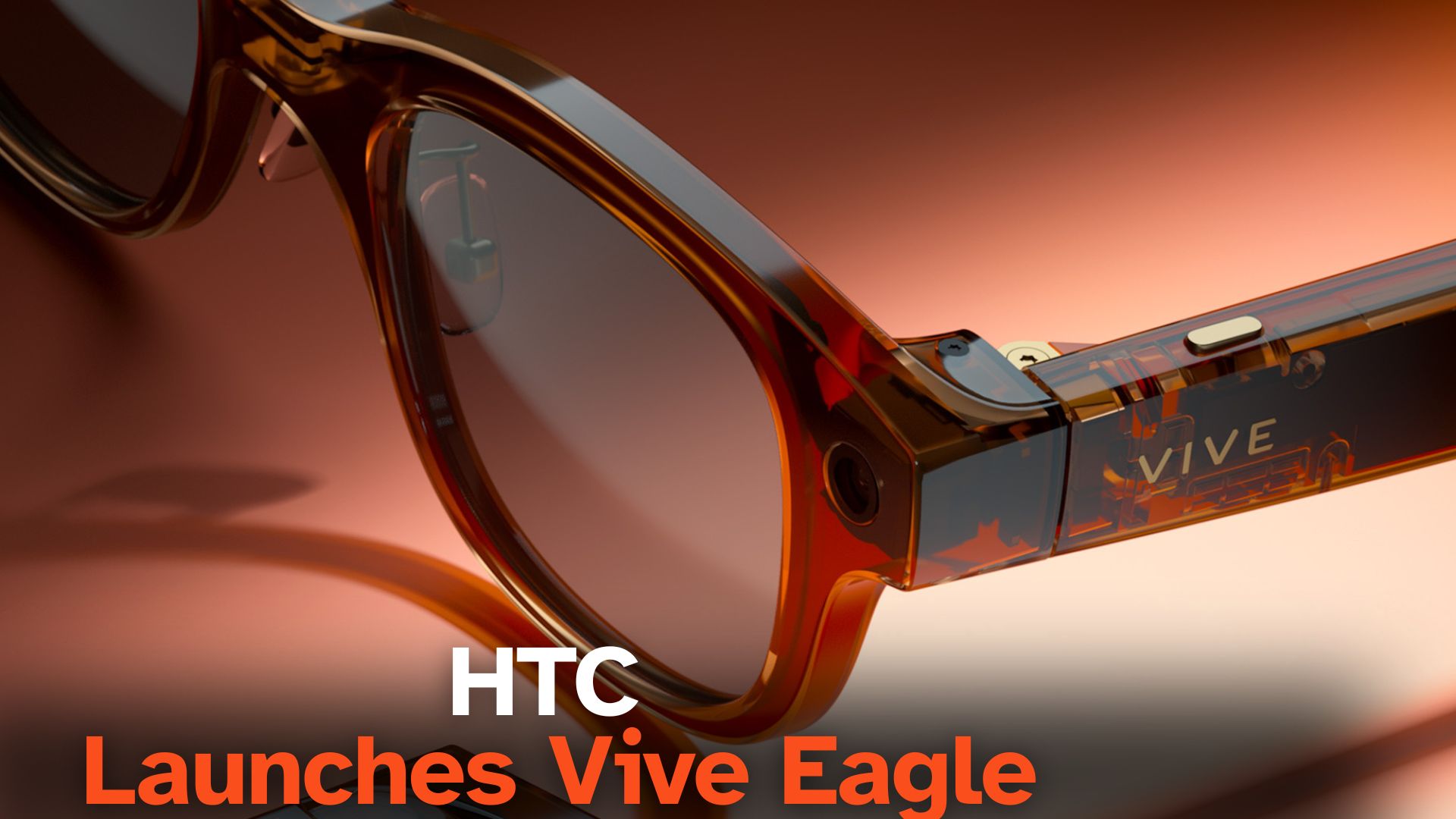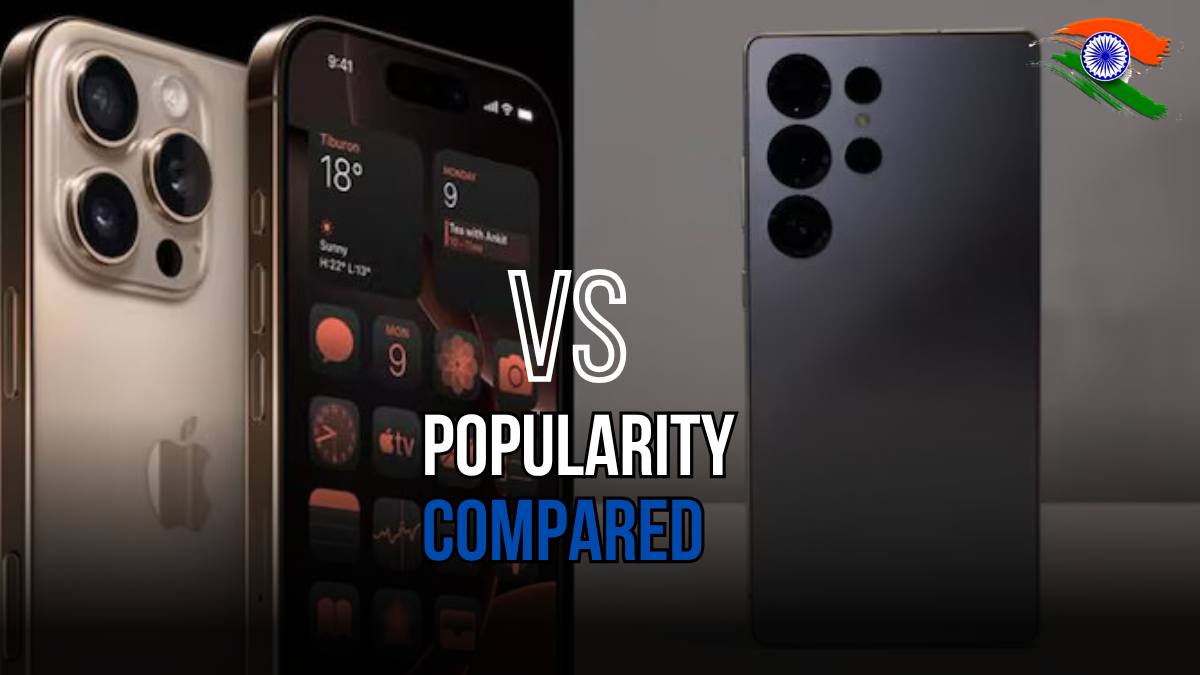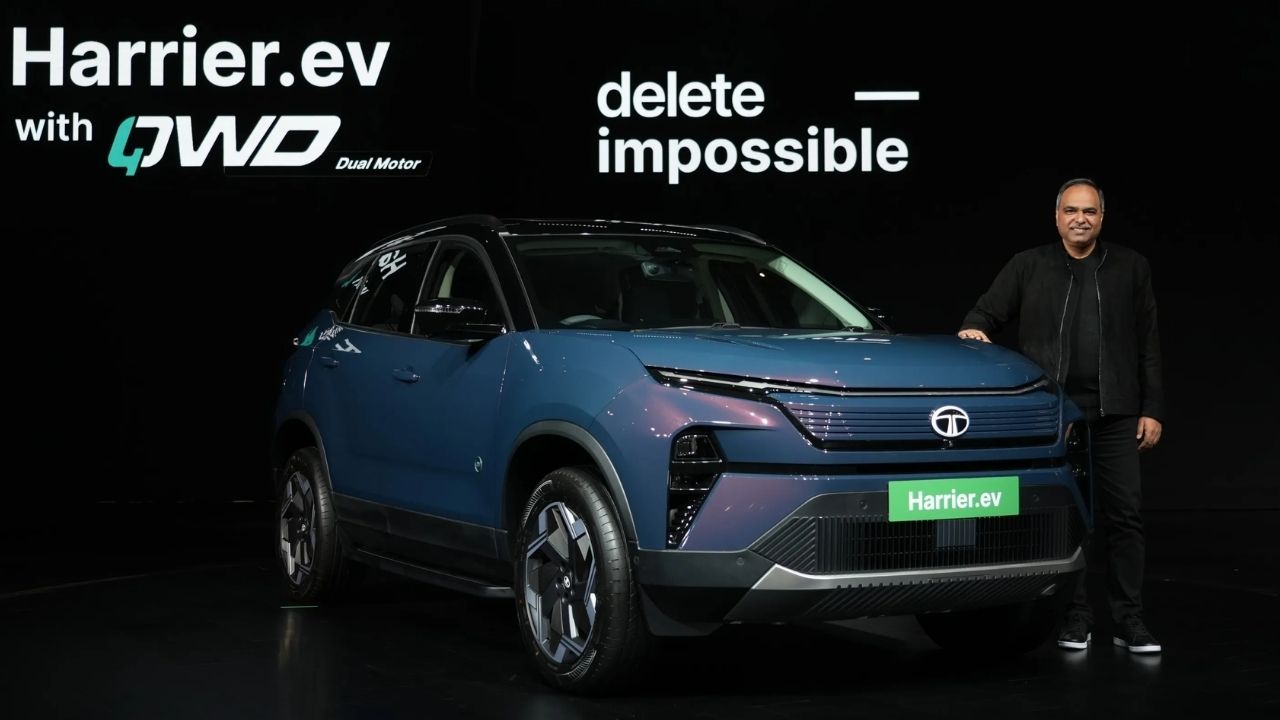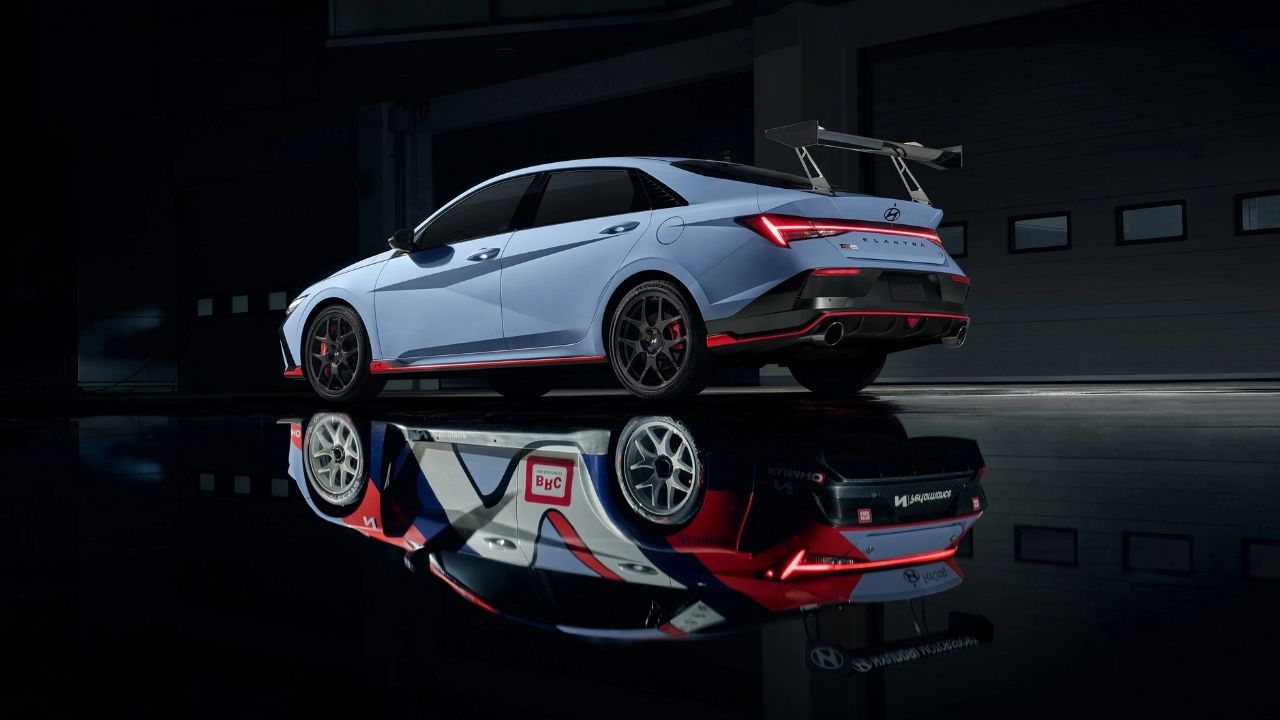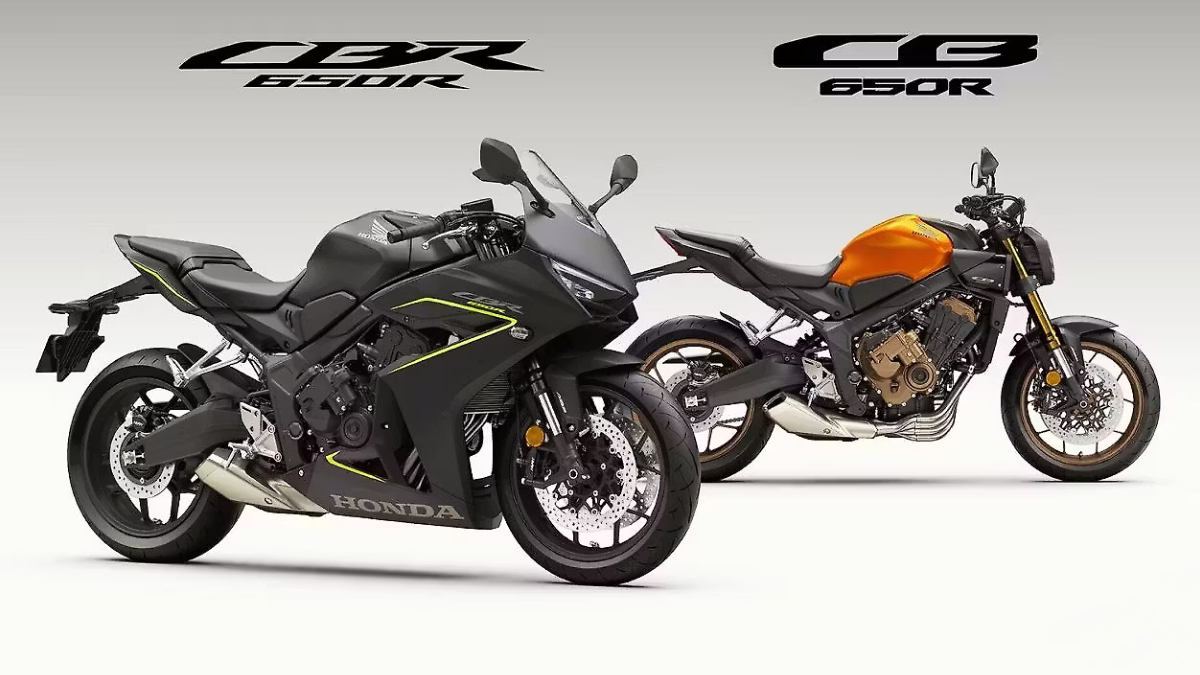The world of immersive headsets has reached new heights in 2025 with two groundbreaking devices: Meta Quest 3 and Apple Vision Pro. Both provide mixed reality experiences, but they cater to vastly different budgets and usage profiles. This article compares their price, core features, and user experience especially for Indian buyers in a detailed way.
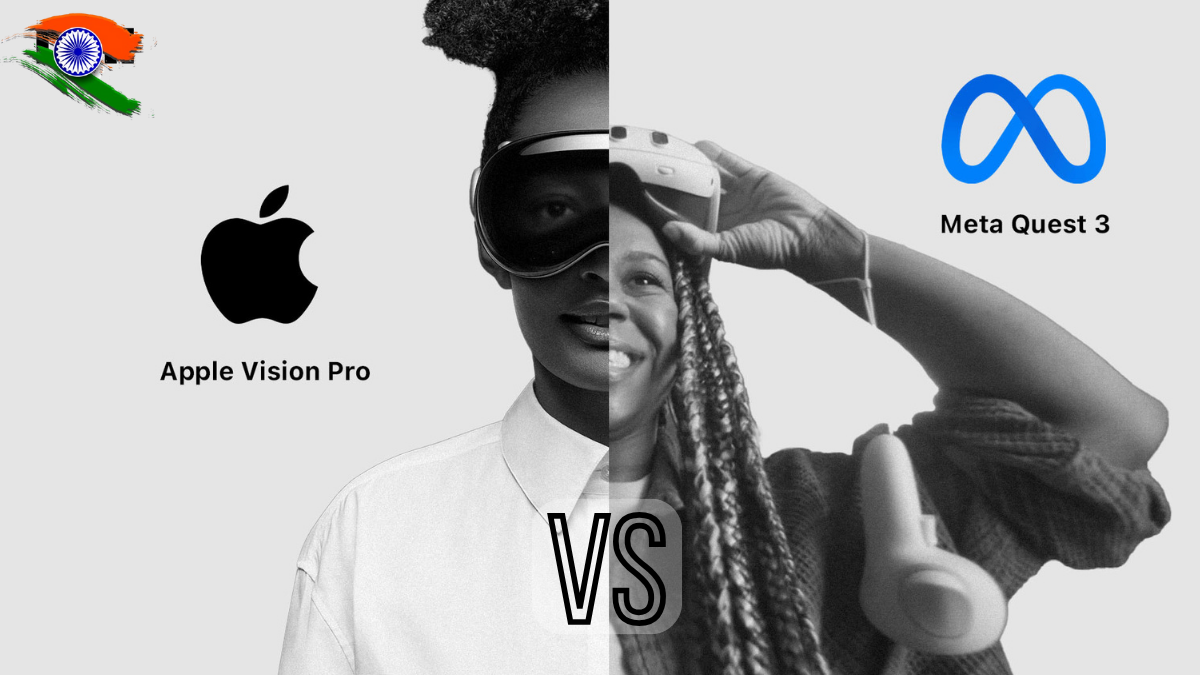
Summary Table: Meta Quest 3 and Apple Vision Pro
Feature |
Meta Quest 3 |
Apple Vision Pro |
|---|---|---|
Price in India |
₹54,970 (128 GB); ₹79,000 (512 GB) |
Approx ₹2,88,999 (imported) |
Processor |
Snapdragon XR2 Gen 2 |
M2 + R1 chips |
Display Resolution |
2064 x 2208 (120 Hz) |
4320 x 2160 (90 Hz) |
Tracking |
Controllers + hand |
Eye, hand, spatial, Iris & gesture tracking |
Mixed Reality |
Colour passthrough, over 500 Games |
Spatial computing, virtual workspaces |
Ecosystem |
Oculus Store |
Apple visionOS, Mac/iPhone integration |
Battery Life |
~2 hours |
~2 hours |
Weight |
513–515 g |
650 g |
Target Audience |
Gamers, budget mixed reality users |
Professionals, high-end spatial users |
Price Comparison
Indian pricing for the two headsets is distinctly different:
Headset |
Storage Options |
Price (INR, India) |
|---|---|---|
Meta Quest 3 |
128 GB |
₹54,970 (Flipkart/Amazon) |
512 GB |
₹79,000 (estimate) |
|
Apple Vision Pro |
256 GB / 512 GB / 1 TB |
₹2,88,999 (imported) |
-
Meta Quest 3 delivers mixed reality at under ₹60,000 affordable and accessible.
-
Apple Vision Pro is a premium device at nearly ₹3 lakh, making it a luxury purchase in India.
Core Hardware & Build
Meta Quest 3
-
Powered by Snapdragon XR2 Gen 2, delivering twice the GPU performance of its predecessor.
-
2064 x 2208 pixels per eye, 120 Hz refresh rate.
-
Weight around 515–513 g.
-
Comfortable Touch Plus controllers with TruTouch haptics.
Apple Vision Pro
-
Utilizes dual chip architecture: M2 + R1 for spatial computing.
-
Micro‑OLED displays, total resolution 4320 x 2160, 90 Hz refresh.
-
Lightweight at 650 g with premium aluminum and glass build.
-
Features include Iris‑scanning login, eye-tracking, and gesture control.
Mixed / Augmented Reality Experience
-
Meta Quest 3 offers competent mixed reality with color passthrough, hand and controller tracking but lacks eye and face tracking.
-
Apple Vision Pro features advanced spatial computing capabilities: hand gestures, eye-tracking, and seamless integration of virtual content into physical space.
Content, Apps & Ecosystem
Meta Quest 3
-
Access to over 500 VR games and apps, with backward compatibility.
-
Supports Oculus store, Meta’s streaming and social apps.
-
Works independently without needing a PC or phone.
Apple Vision Pro
-
Offers immersive experiences across entertainment, productivity, and spatial apps via new visionOS.
-
Supports Mac Virtual Display and Apple’s spatial video system.
-
Requires a new spatial‑ready ecosystem: apps from App Store for immersive experiences.
Comfort & Usability
-
The Meta Quest 3 weighs 513–515 g. Its fitted strap may cause heat during prolonged use.
-
Apple Vision Pro is slightly heavier (650 g) but uses premium materials and comes with adjustable comfort bands.
-
Both include around 2‑2.5 hours of battery life with external battery packs .
Portability & Compatibility
-
Meta Quest 3 is standalone, no additional device needed, supported by PC VR via Air Link.
-
Apple Vision Pro integrates deeply with Apple ecosystem, including iPad, iPhone, Mac; requires Apple accounts and compatible apps.
FAQs: Frequently Asked Questions
1. Can Vision Pro be bought in India?
Ans. No official launch yet; imported price is around ₹2.9 lakh.
2. Does Quest 3 need a PC?
Ans. No, Quest 3 is standalone but supports PC-VR via Air Link if desired.
3. Which device is better for gaming?
Ans. Quest 3 offers more VR games, higher refresh rate, and performance suited for gamers .
4. Is eye tracking necessary?
Ans. Yes, for advanced spatial controls, but not required for gaming Quest 3 excludes eye tracking.
5. Which is more comfortable for longer use?
Ans. Vision Pro offers better comfort with adjustable bands and premium materials. Quest 3 is lighter but may heat up.
6. Which device is future-proof?
Ans. Vision Pro leads in spatial computing and ecosystem integration, but at a steep price. Quest 3 offers broader accessibility.
Conclusion
-
Choose Meta Quest 3 if: you’re budget-conscious, want a standalone VR gaming device, with easy availability and strong game support.
-
Choose Apple Vision Pro if: you’re a spatial computing early adopter, already invested in Apple’s ecosystem, and comfortable with the premium price and imported procurement.
These headsets represent two different tiers affordable mixed reality vs premium spatial computing. Evaluate your use case, budget, and ecosystem alignment before deciding.
For More Information Click HERE


